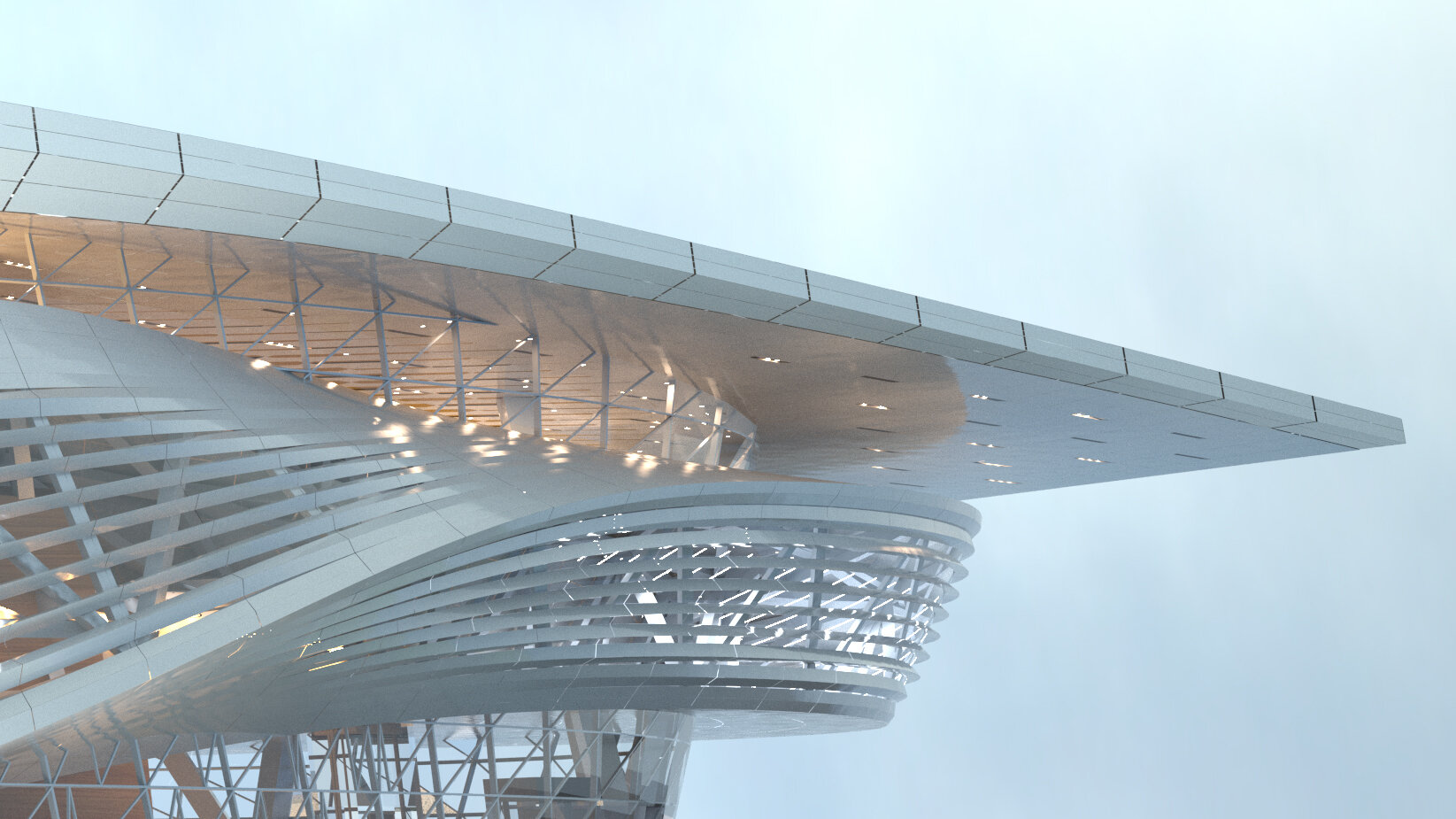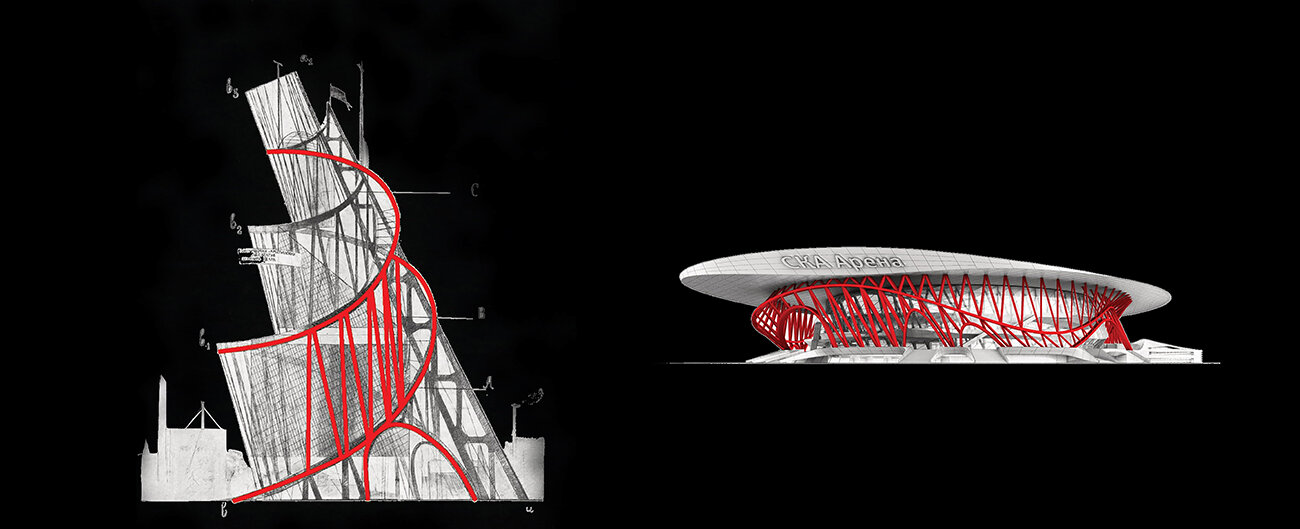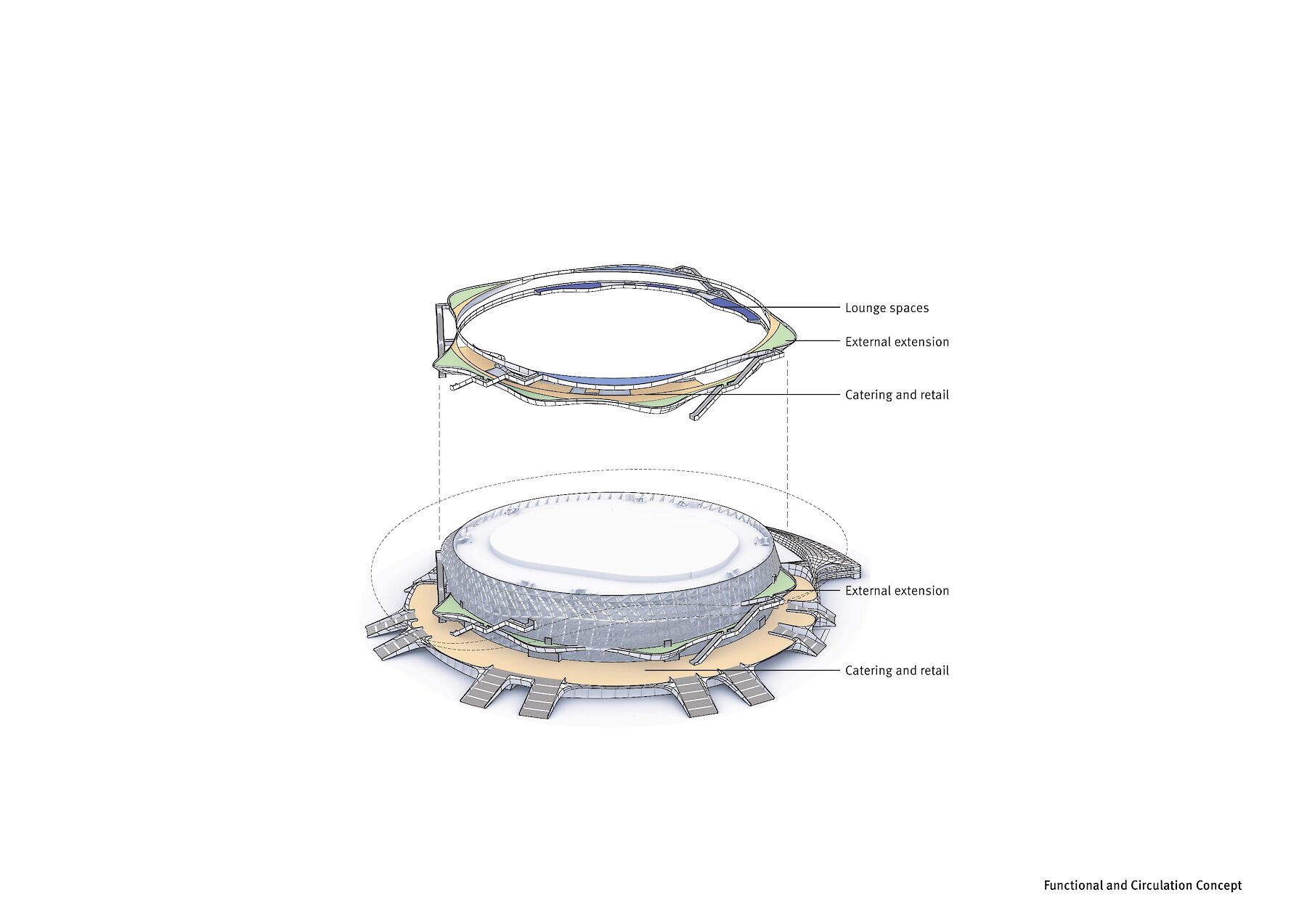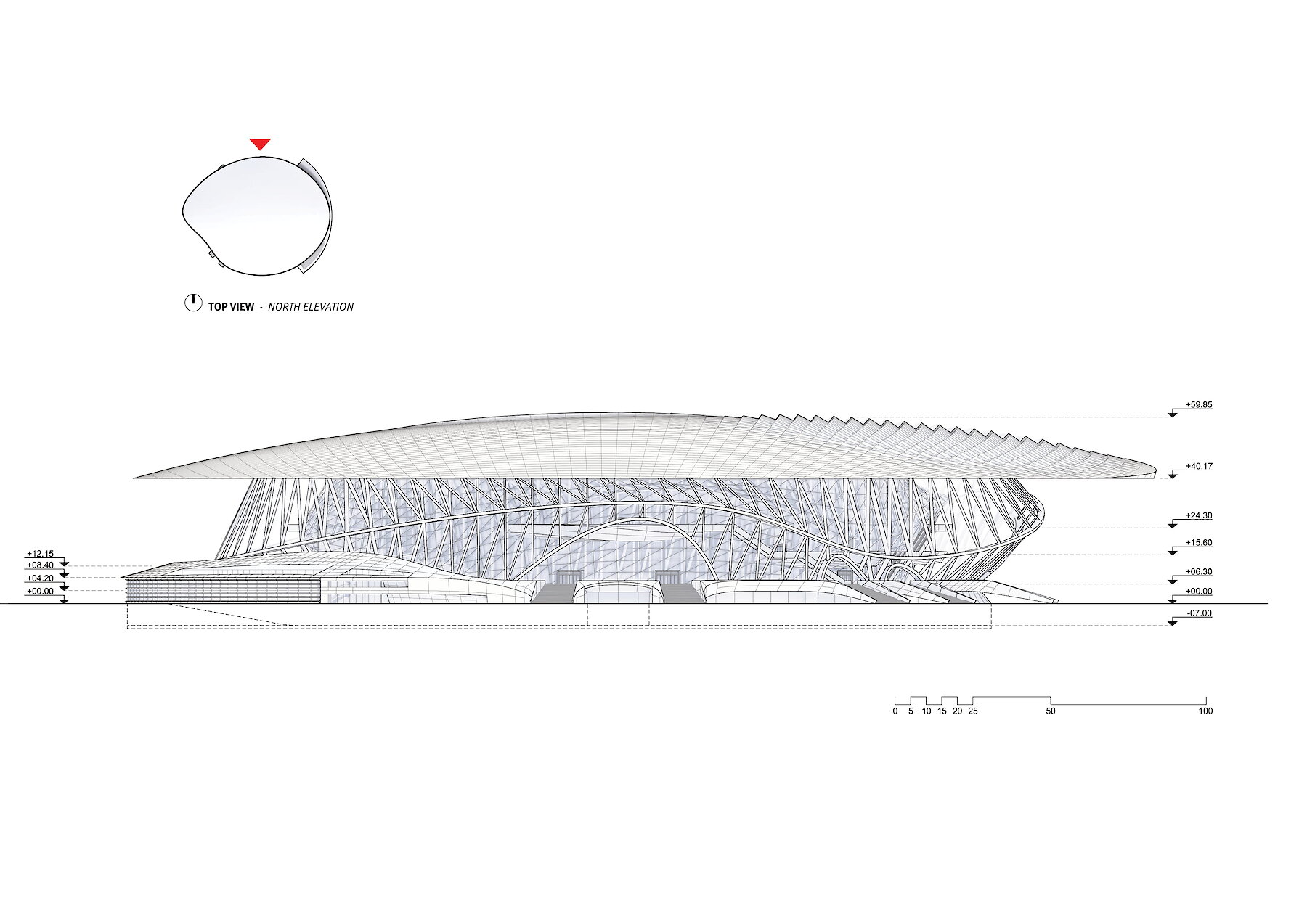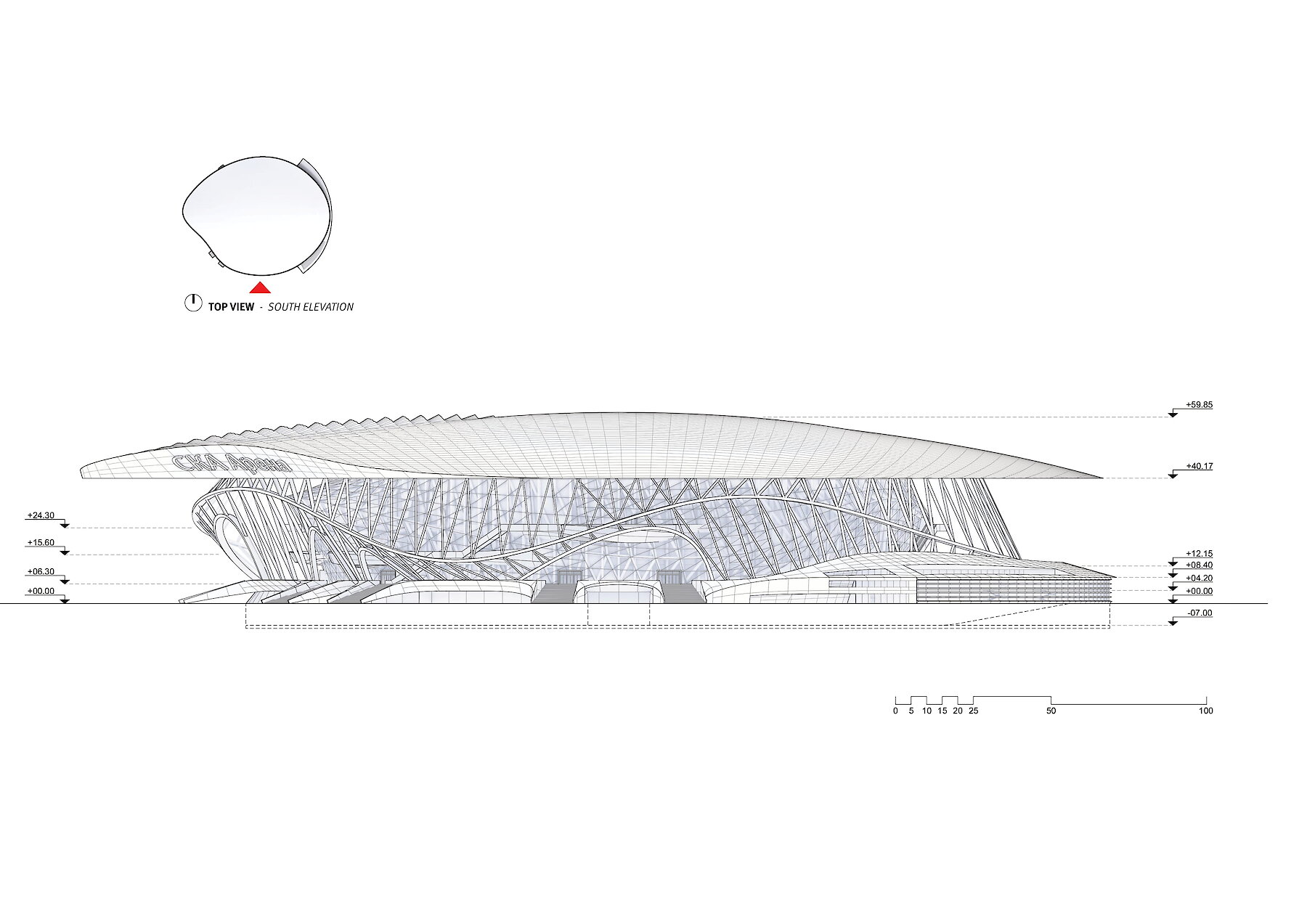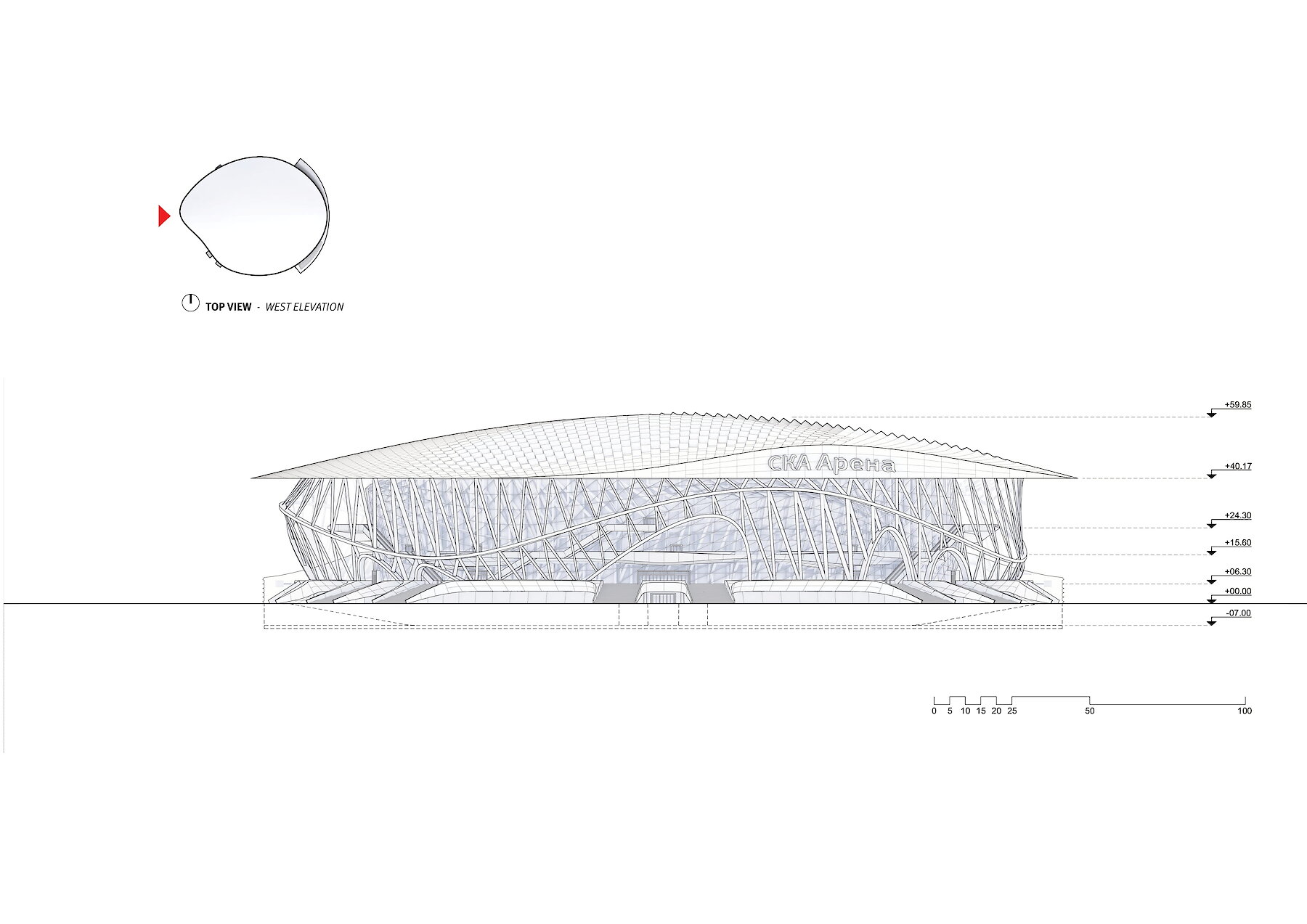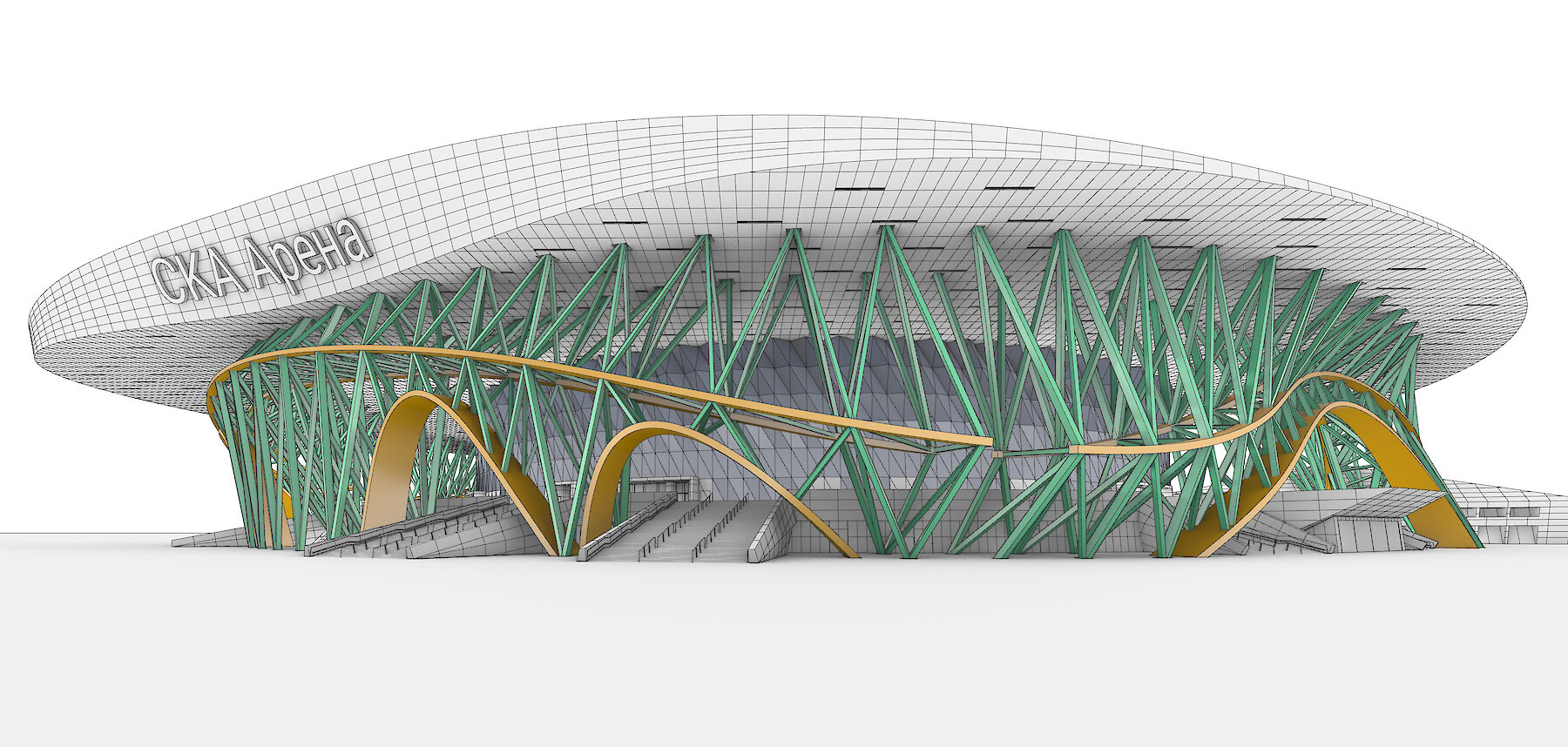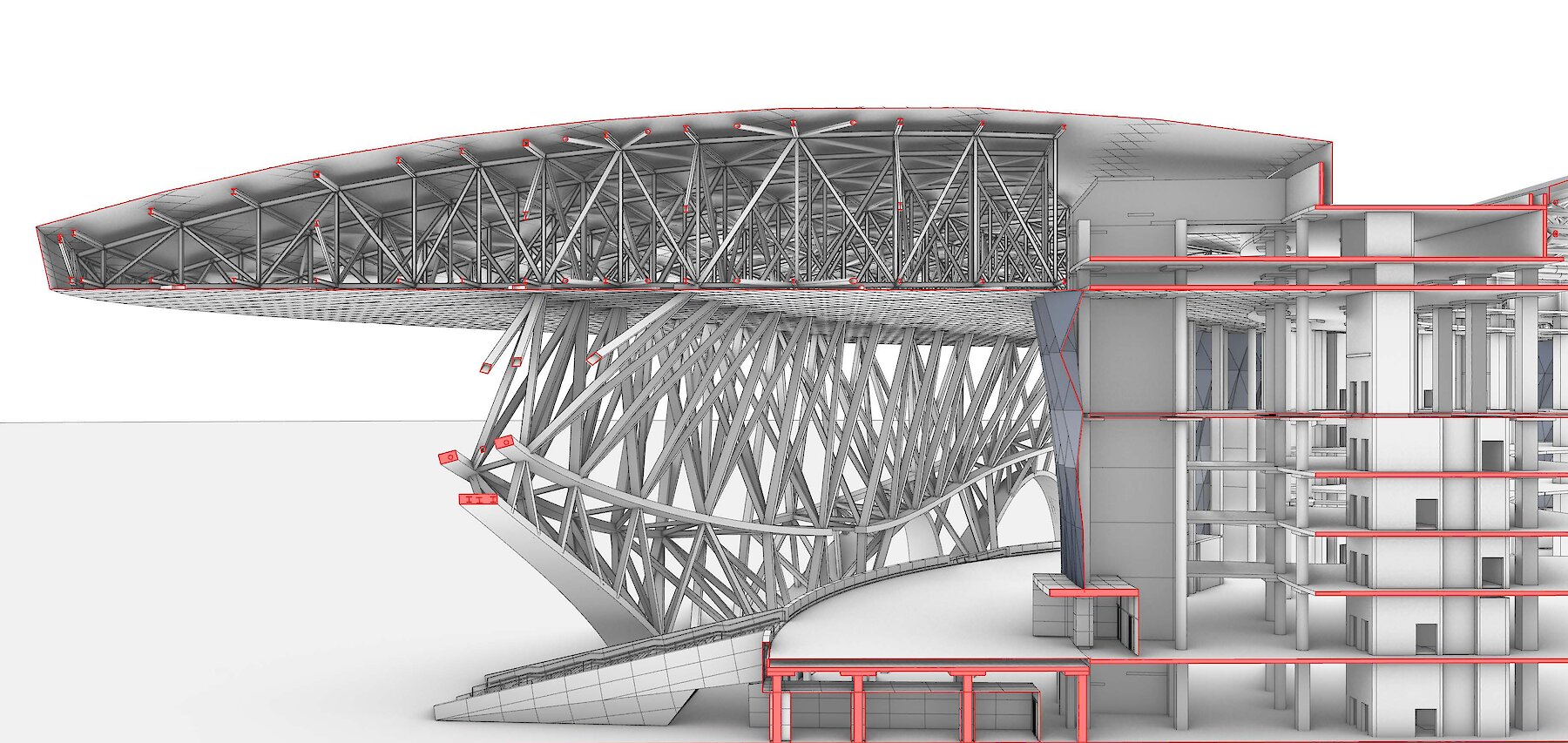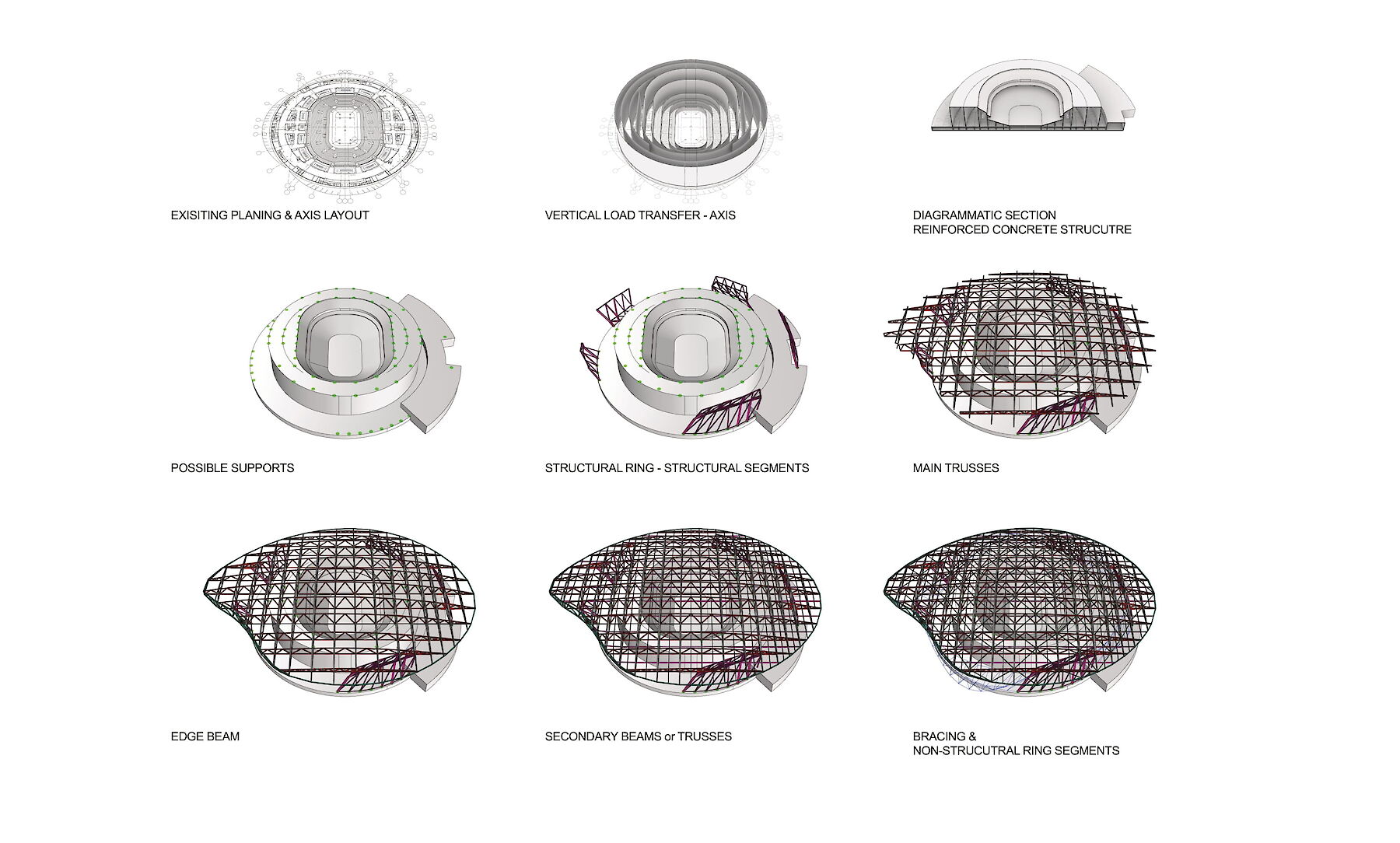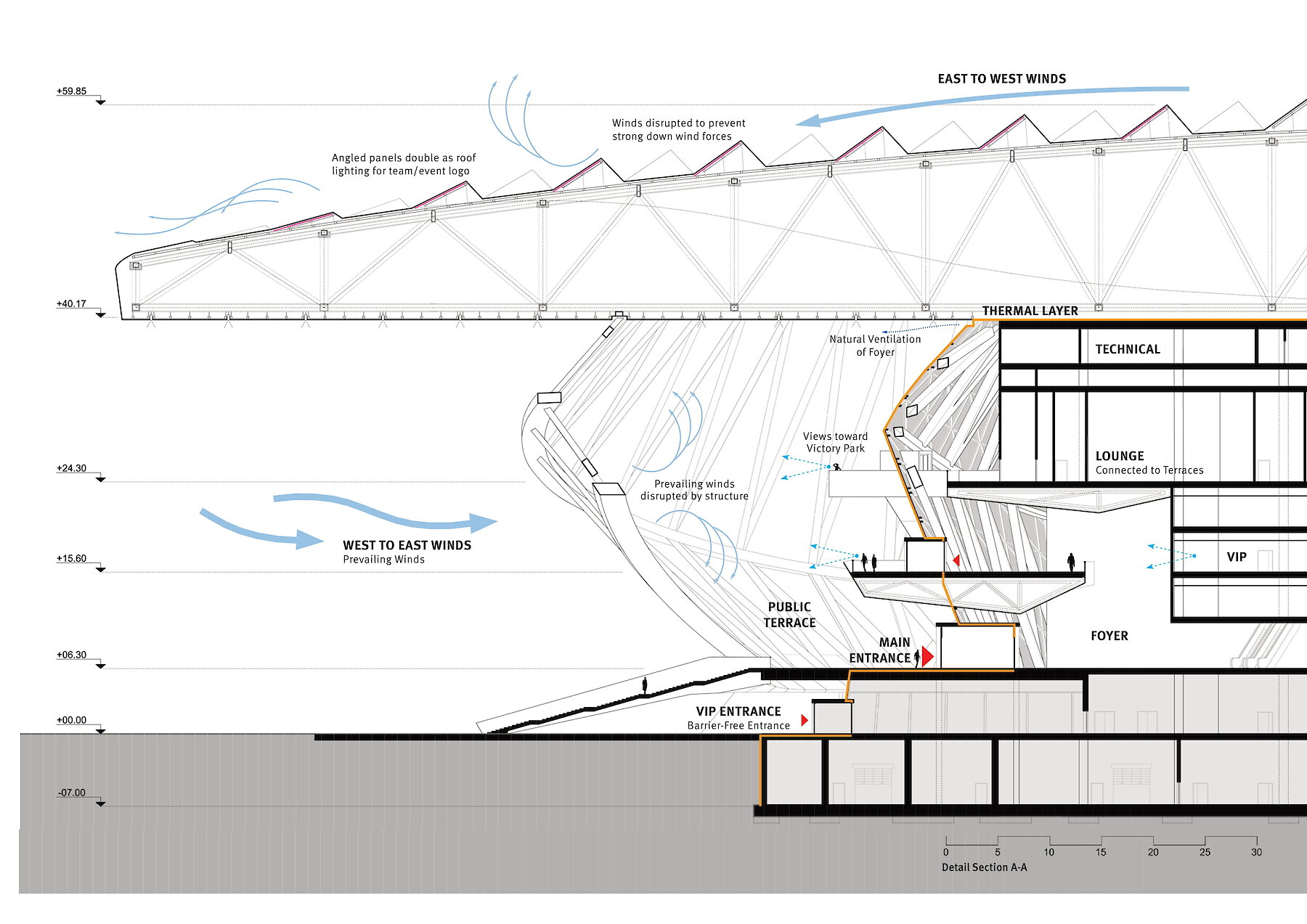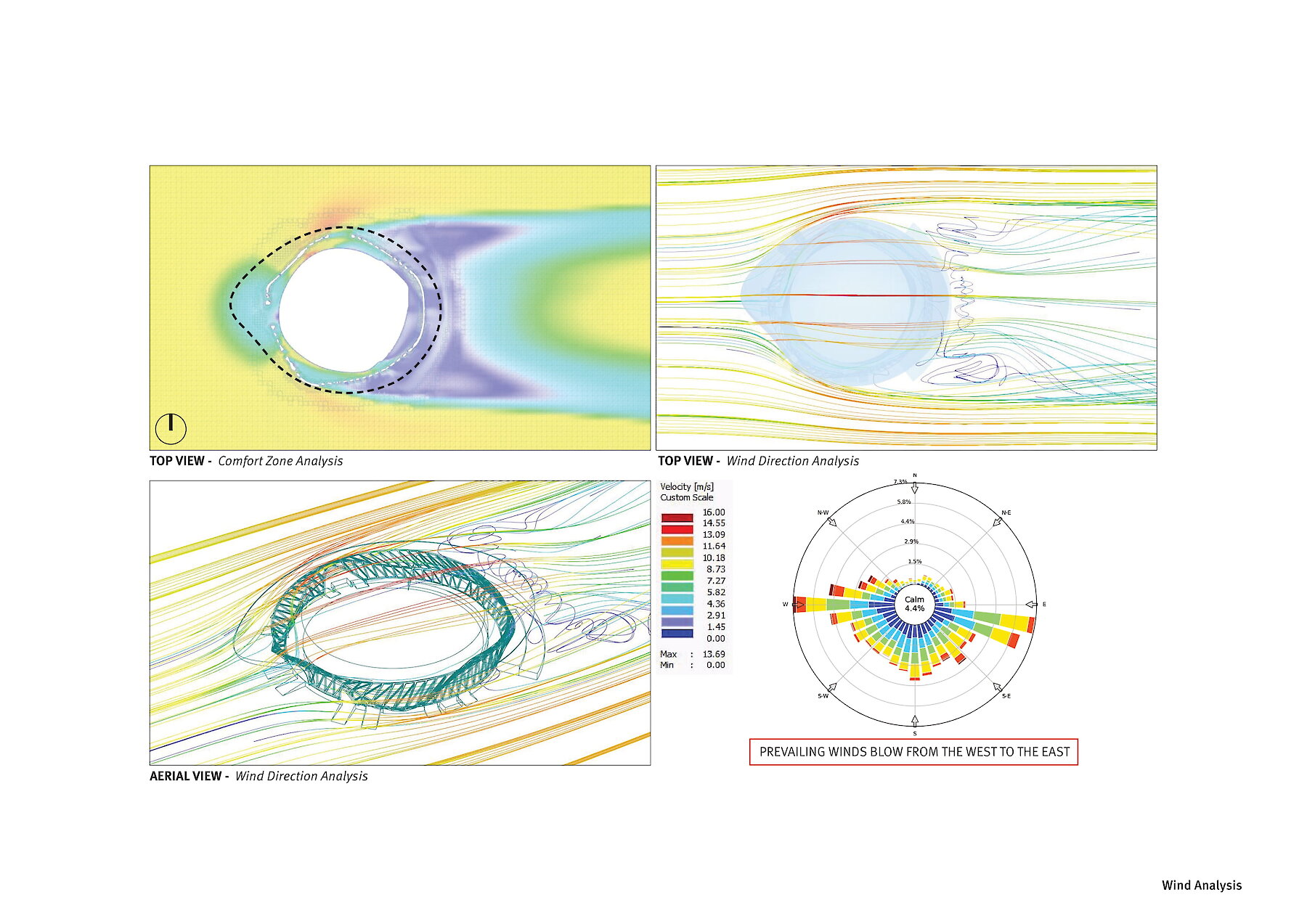SCA Arena
Sports and Concert Complex
Sports and Concert Complex
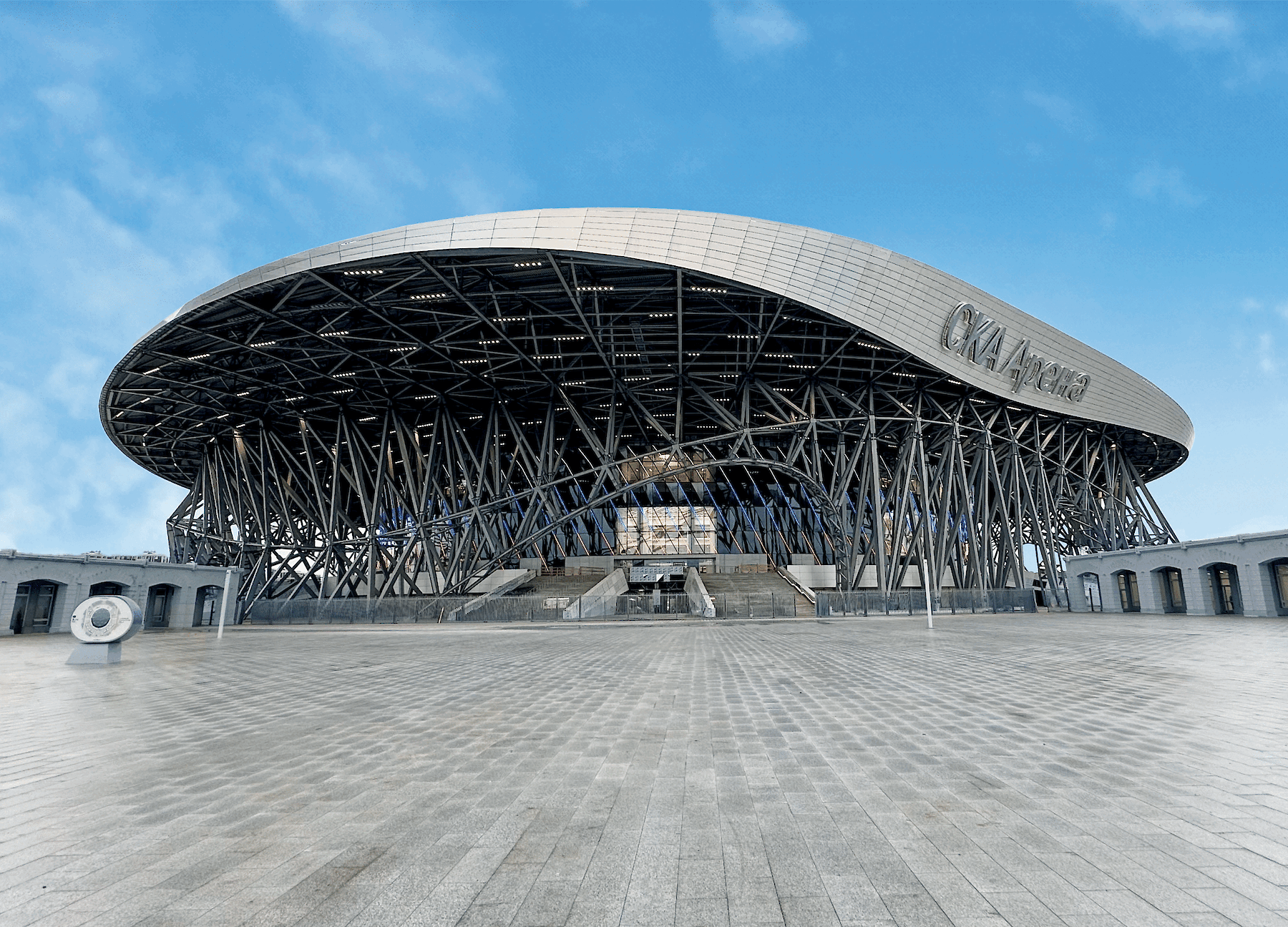
The design of the new SCA Arena in St. Petersburg follows the tradition of the unique era of constructivism, where everything was possible, and applies its expressive, open design language to a contemporary context.

Concept sketch for SCA Arena by Wolf dPrix
Coop Himmelb(l)au
- Location
- St. Petersburg, Russia
- Client
- LLC GORKA
- Competition
- 2020
- Gross floor area
- 14 700 m²
- Length
- 333 m
- Width
- 265 m
- Height
- 59 m
- Seats
- 23 206
- Planning phase only
- 2020
Project info
The design of the new SCA Arena Sports and Concert Complex follows the tradition of Russian constructivism. Russian artists such as Tatlin and El Lissitzky inspired architects worldwide and redefined the level of artistic aspiration in architecture. The design of the new SCA Arena in St. Petersburg follows the tradition of the unique era of constructivism, where everything was possible, and applies its expressive, open design language to a contemporary context: the filigree framework of its construction, based on Tatlin’s “Monument to the Third International”, refers to the flowing, dynamic movement of a person skating around the stadium.
Without changing the planning of the existing Arena, a second, structural layer is created, which serves as a supporting structure for the overlying, dynamically cantilevered roof.
This filigree construction is only interrupted by arches at those points where the stairs to the ring-shaped plinth are placed. This creates a covered arcade that is protected from sun, rain and wind, and can also be used to shelter shops and lounge zones. The roof of the building is shaped like a flattened dome, and is equipped with LED lights that will be visible from afar. This transforms the building into a vibrant heart, at the center of the newly created park complex for the people of St. Petersburg, usable around the clock.
The structural design of the new SCA Arena consists of 4 main parts: pre-existing stadium design, plinth base, structural ring and roof structure.
Stadium Building
The existing stadium consists mainly of elements built in reinforced concrete. Columns and walls transfer the main vertical loads to the ground. Concrete cores and wall elements brace the building horizontally, transferring the main horizontal loads towards the ground. The structure of the plinth base is a reinforced concrete column, wall, and beam construction, supporting a lightweight concrete slab.
Foundation
The foundation of the building is designed as a raft foundation with a minimum thickness of 1m, with local thickening in areas below the columns. In areas of large concentration of loads (such as the structural ring segments), the thickness of the raft foundation increases. Bored piles transfer the loads from the foundation plate to the load-bearing ground.
Structural Ring
A structural ring serves as additional support for the roof structure. Its geometry is differentiated into four segments that work within the global structural system, and four segments that support only themselves and allow for large entrance openings. The steel structures of the ring also provide horizontal bracing in its surface direction. Furthermore, they rest on the plinth base, which is mainly designed as a reinforced concrete structure.
Roof Structure
The structure of the roof is developed hand-in-hand with the preexisting stadium design. The beam layout respects and adapts to the preexisting structural axis around the stadium bowl. Truss directions are aligned with the main cantilevering directions, which creates a more efficient force flow towards the most cantilevering parts of the roof. The spatial truss structure is further subdivided into mega-trusses and secondary beams, which allow for a shortened span distance of the roof-skin construction. The top and bottom girders are designed as simply shaped cross-sections, allowing pure standard details for all joints.
Project insights
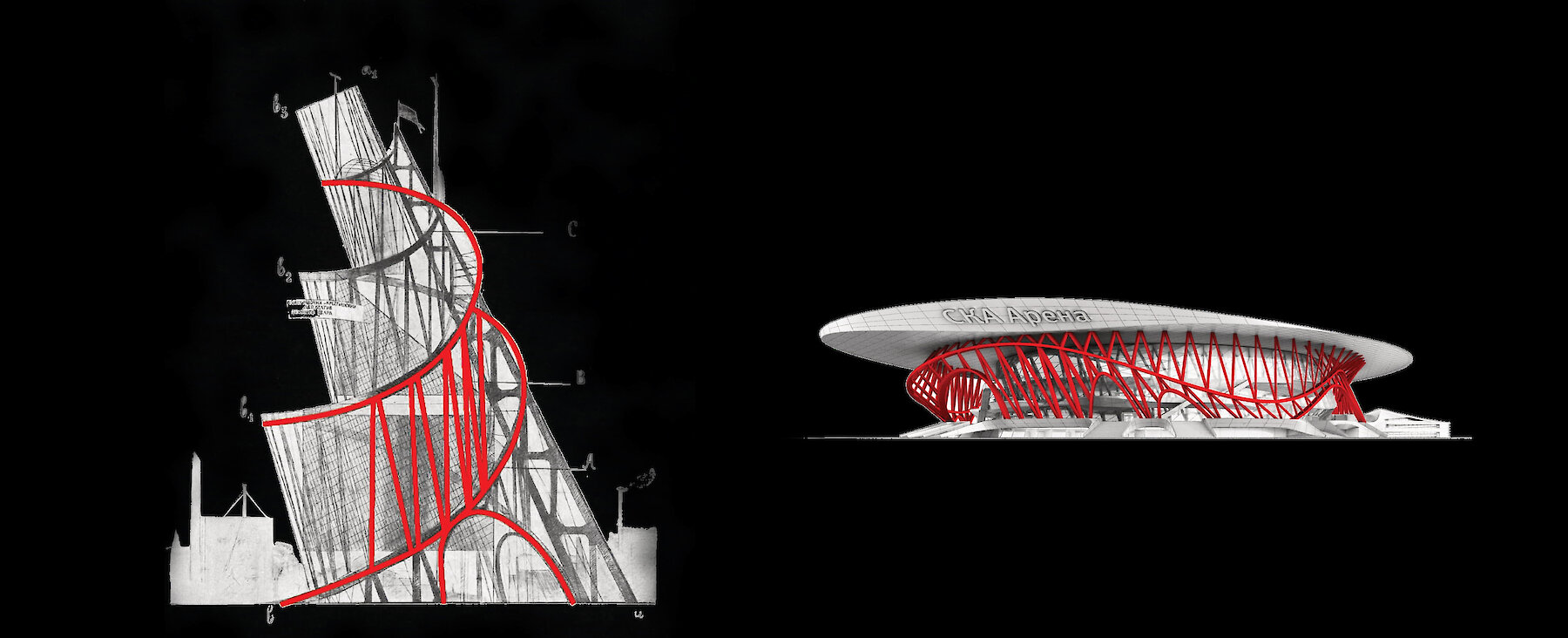
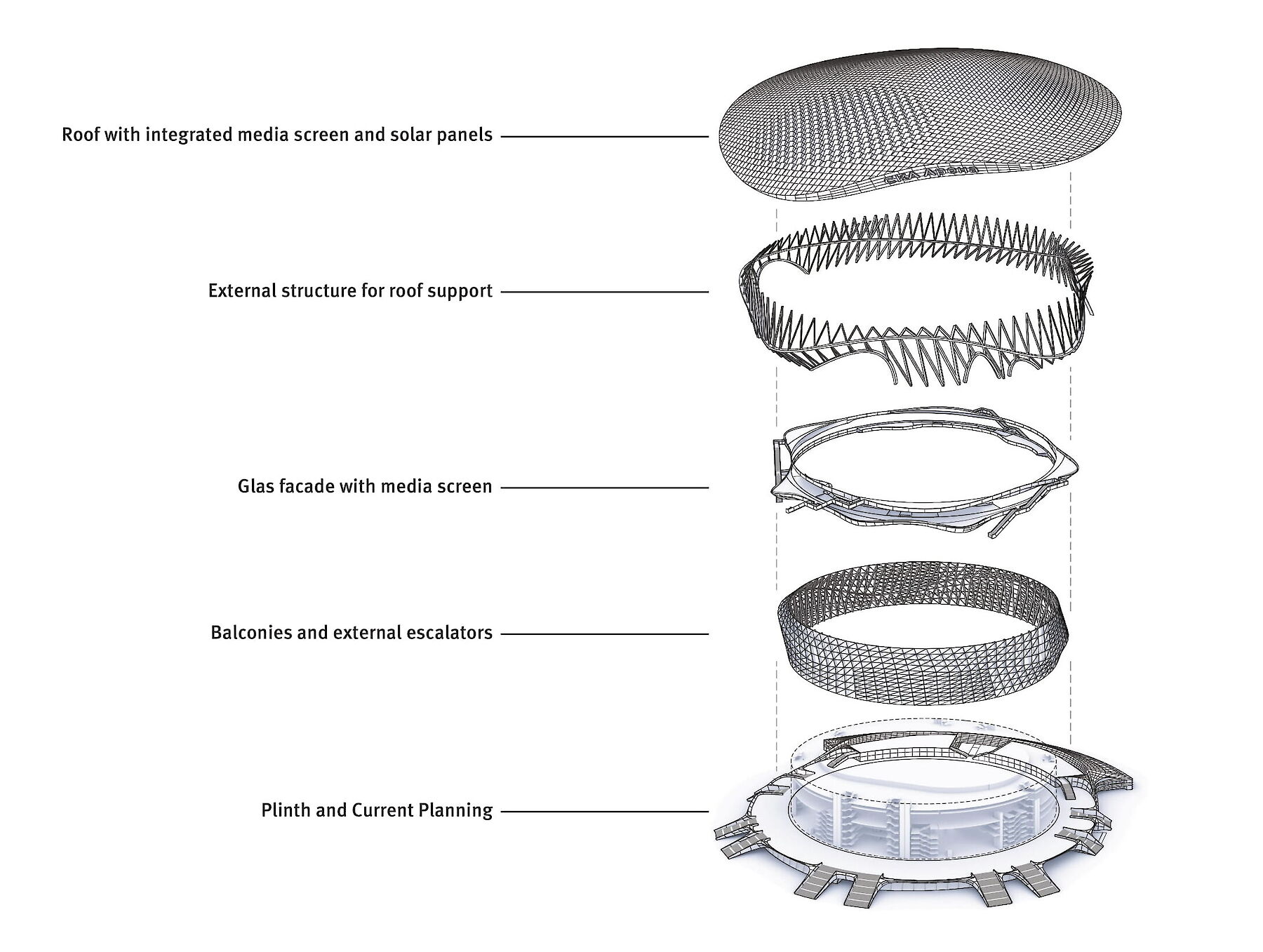


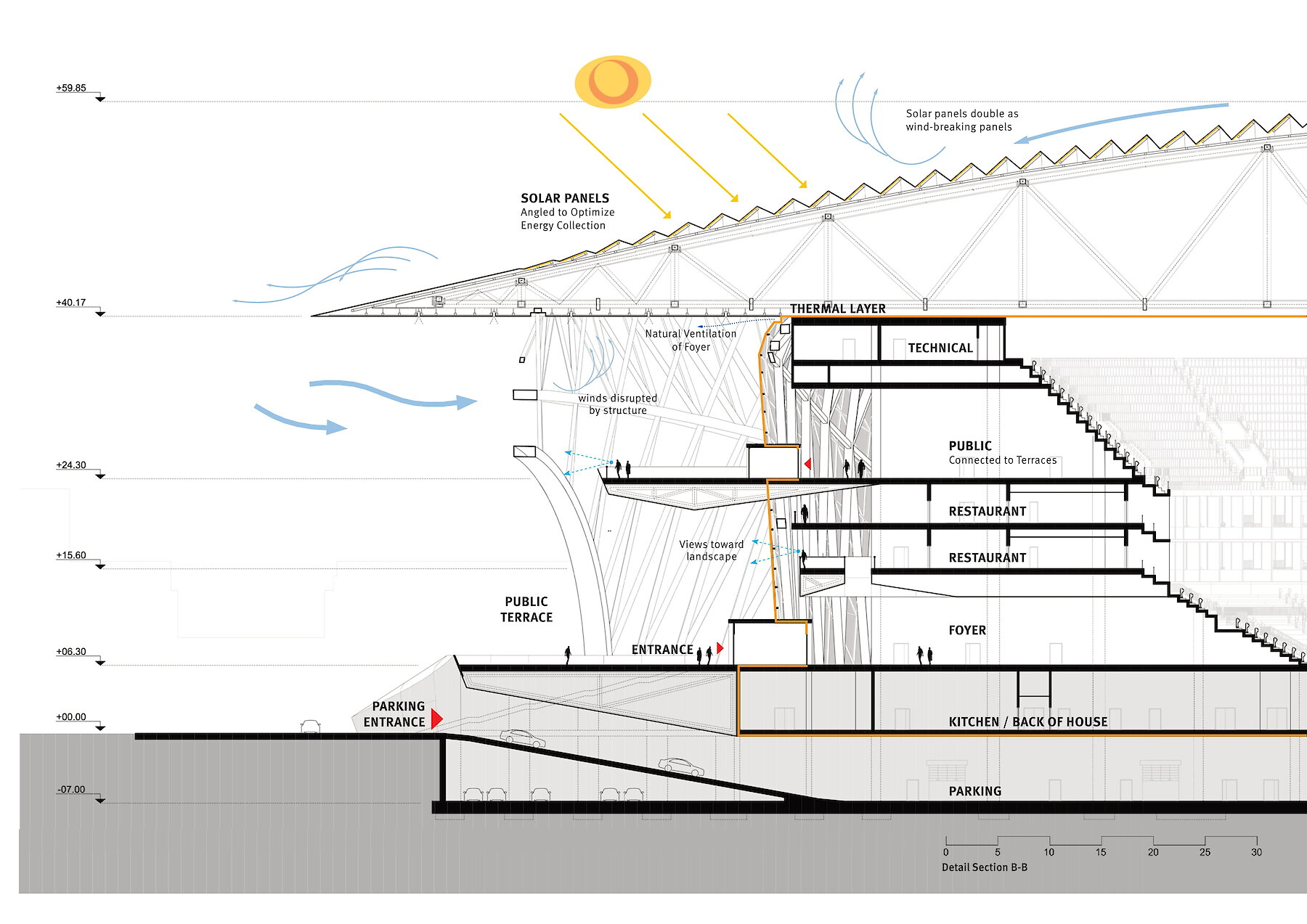
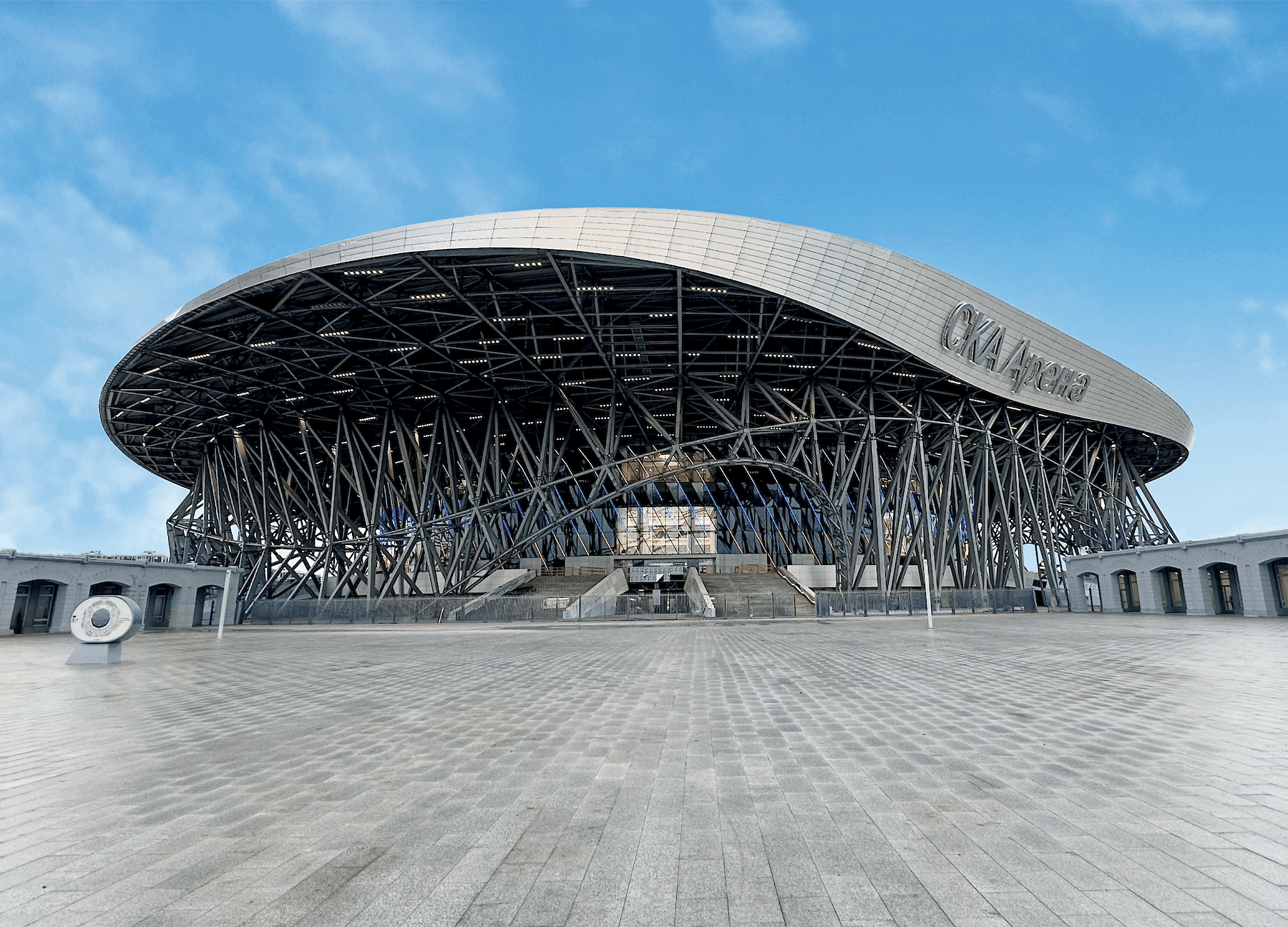
Coop Himmelb(l)au / KHL

Coop Himmelb(l)au / KHL

Coop Himmelb(l)au / KHL
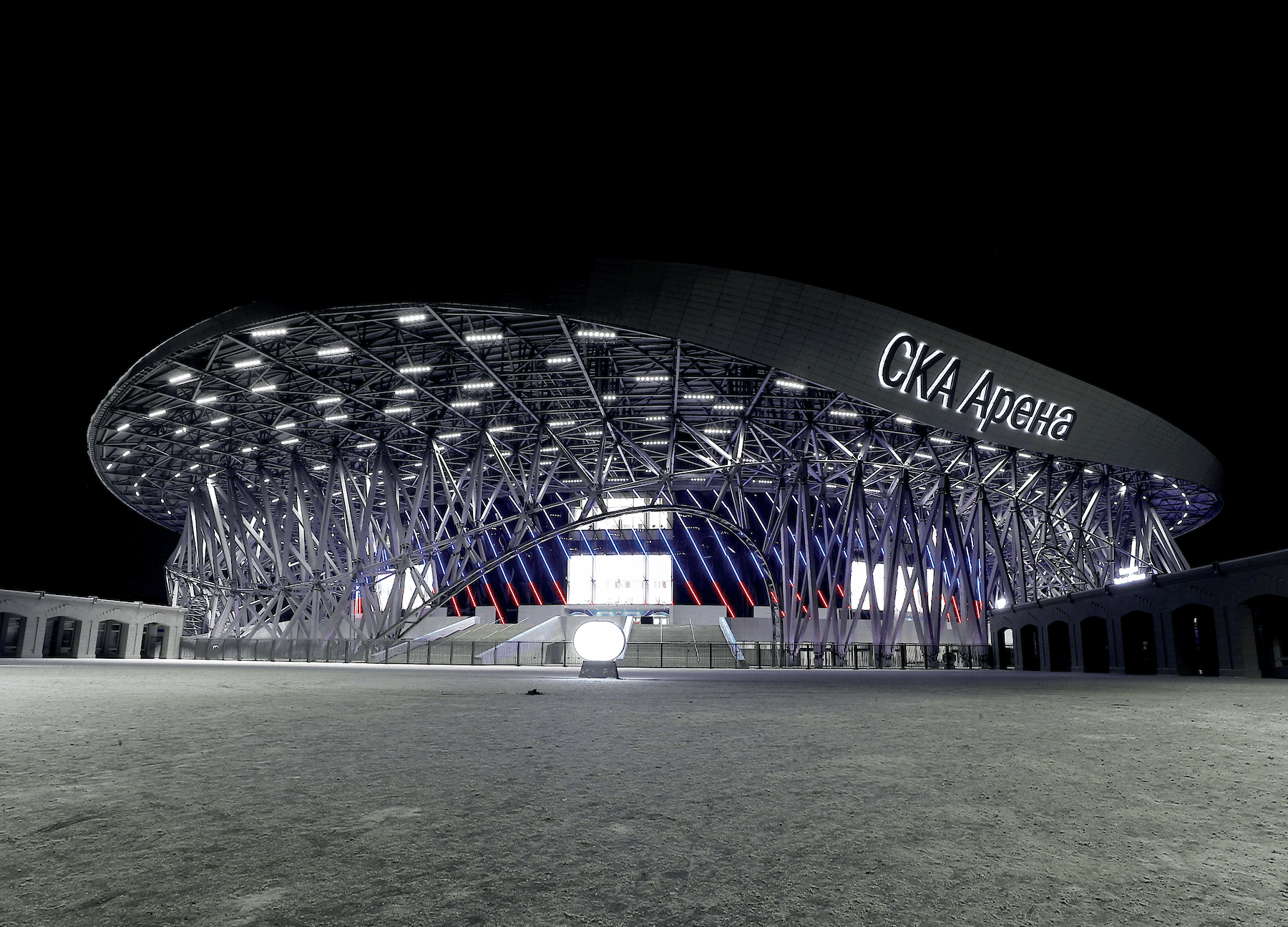
Coop Himmelb(l)au / KHL
On the map
Related projects
SCA Arena Park
St. Petersburg, Russia
2020–2023
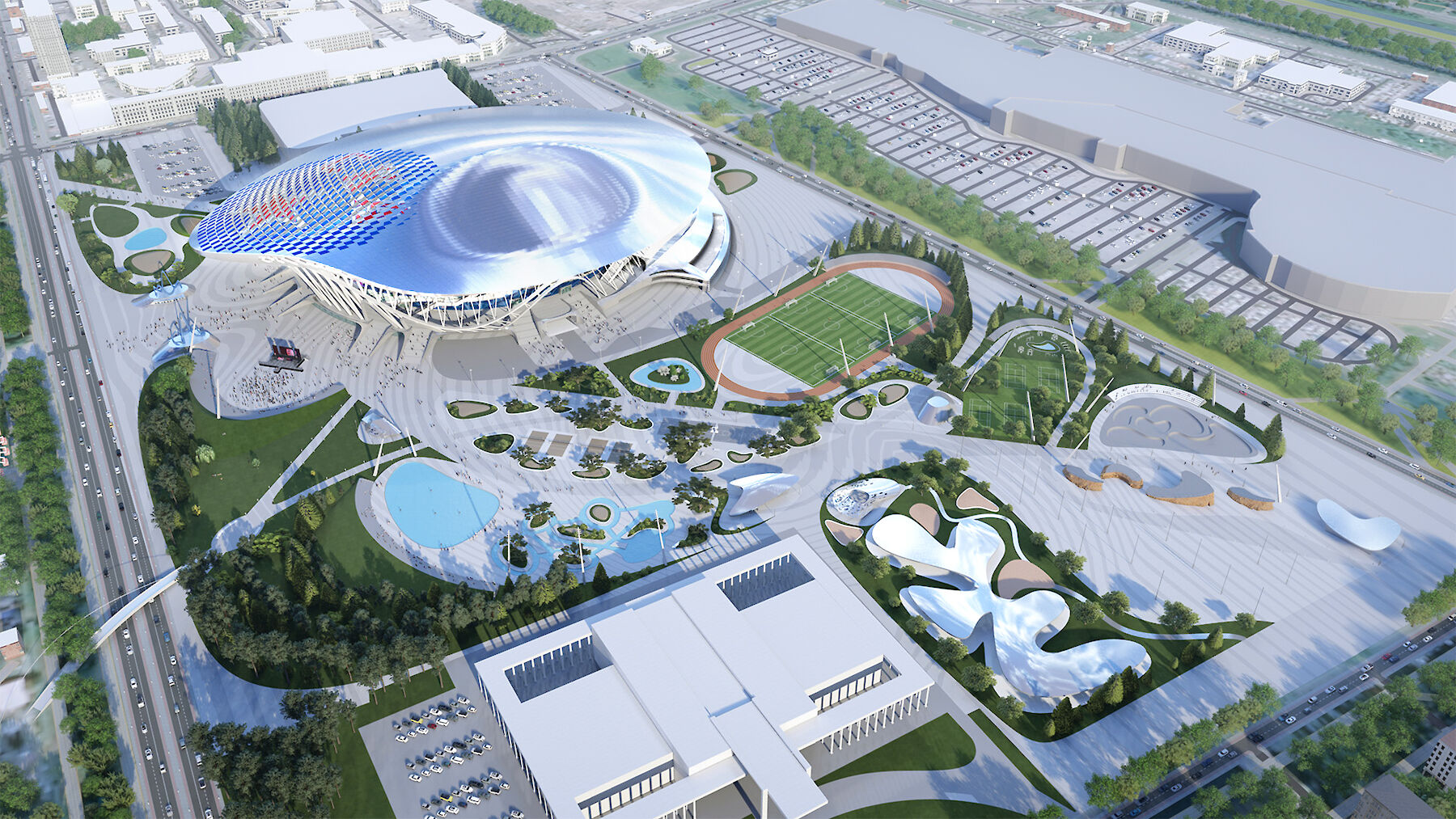
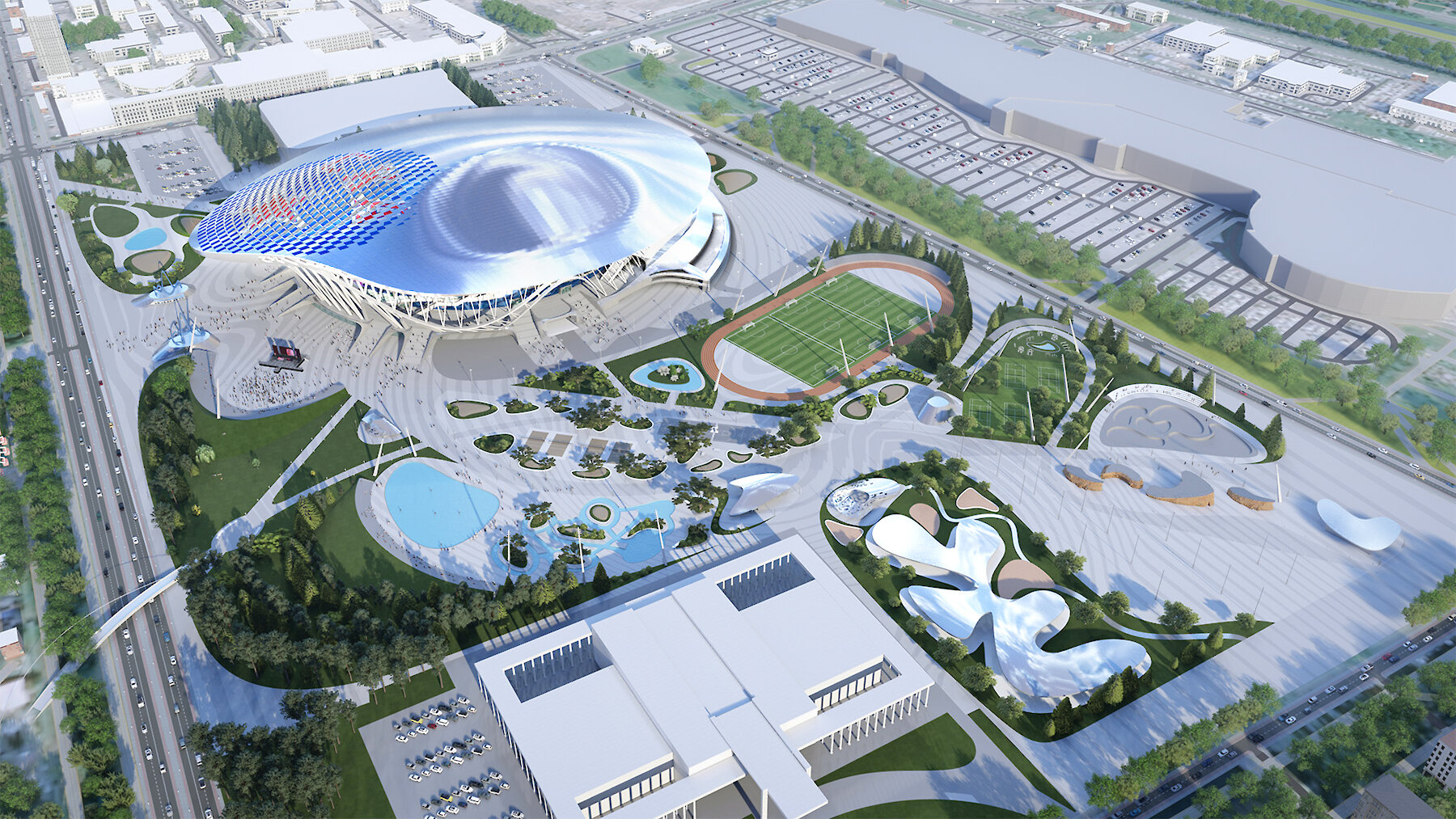
Sevastopol Opera and Ballet Theater
Sevastopol
2018–2024
